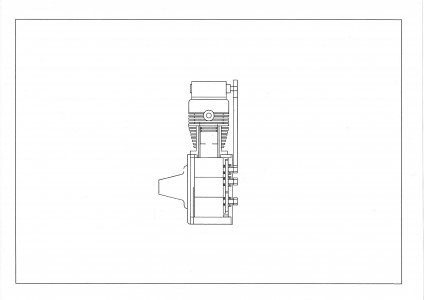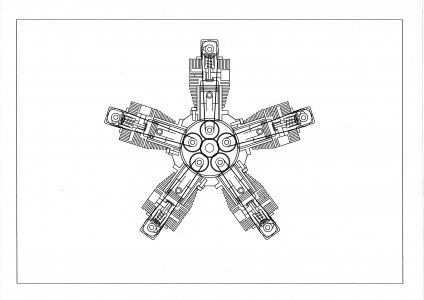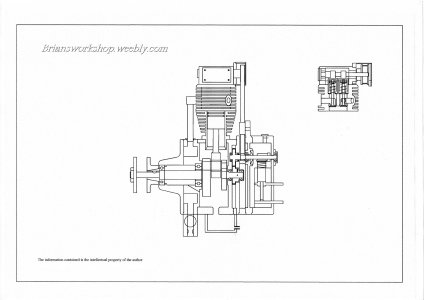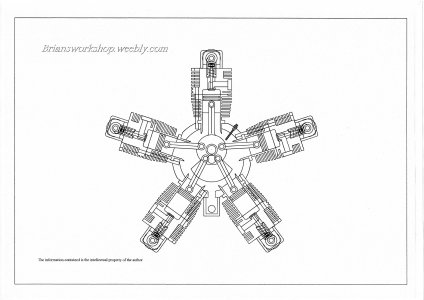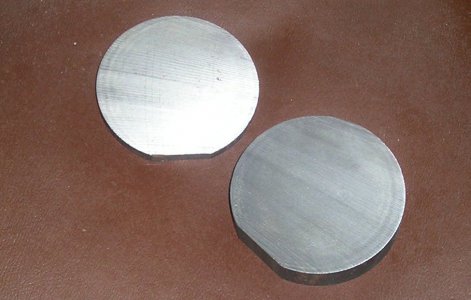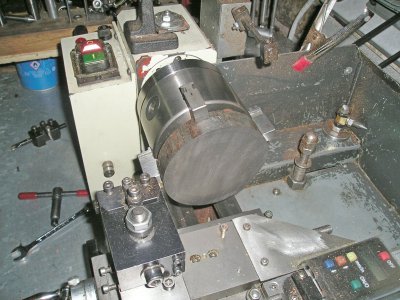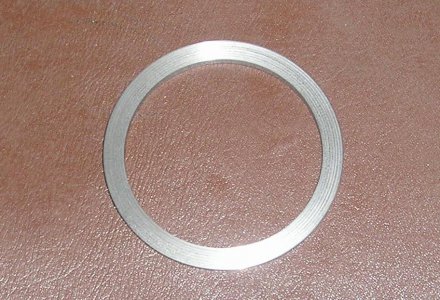B
BRIAN
Forum Guest
Register Today
The next project is beginning to take shape after doodling for hours on paper and computer I have come up with this offering.
Five cylinders-- 25mm bore X 28mm stroke. with overhead camshafts.
Capable of being made on a 7X12 and a small mill.
It's next winters project and possibly another two winters after that so It will be a long haul.
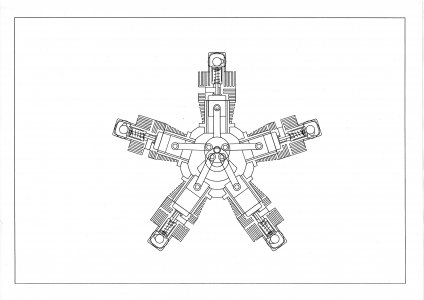
Watch this Space.
Brian.
Five cylinders-- 25mm bore X 28mm stroke. with overhead camshafts.
Capable of being made on a 7X12 and a small mill.
It's next winters project and possibly another two winters after that so It will be a long haul.

Watch this Space.
Brian.

